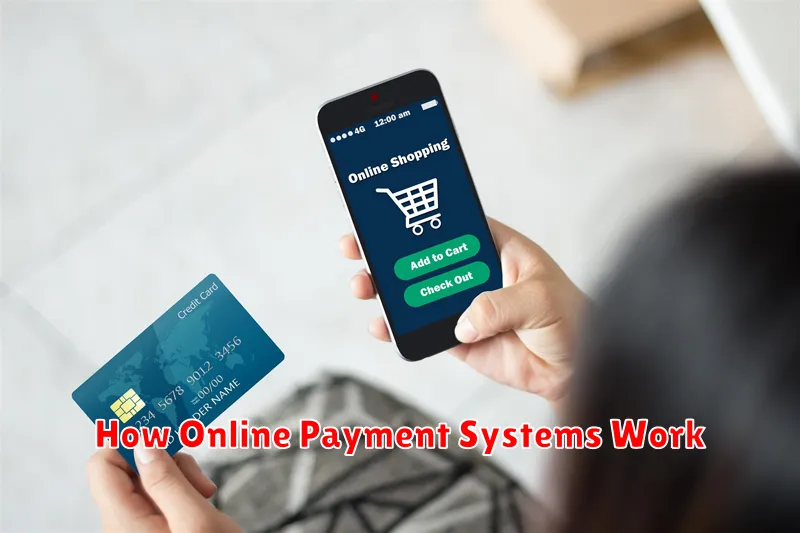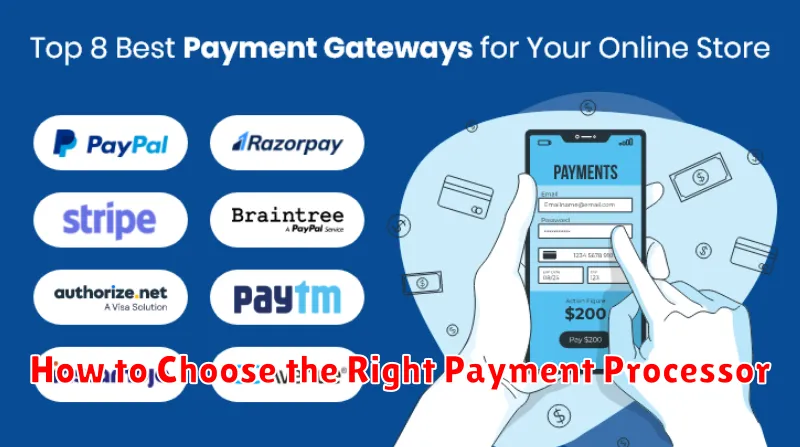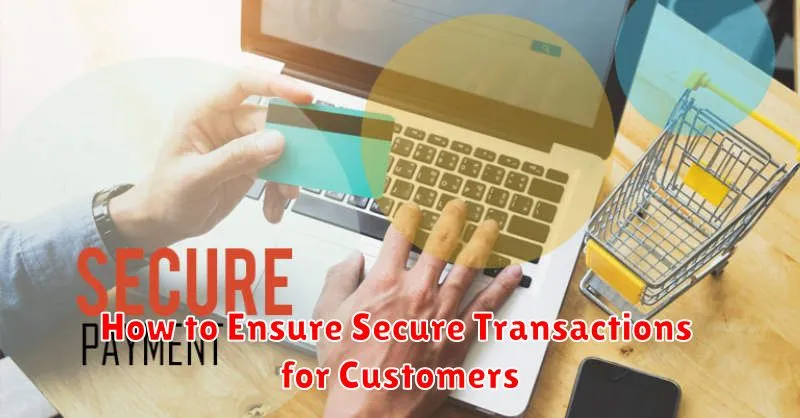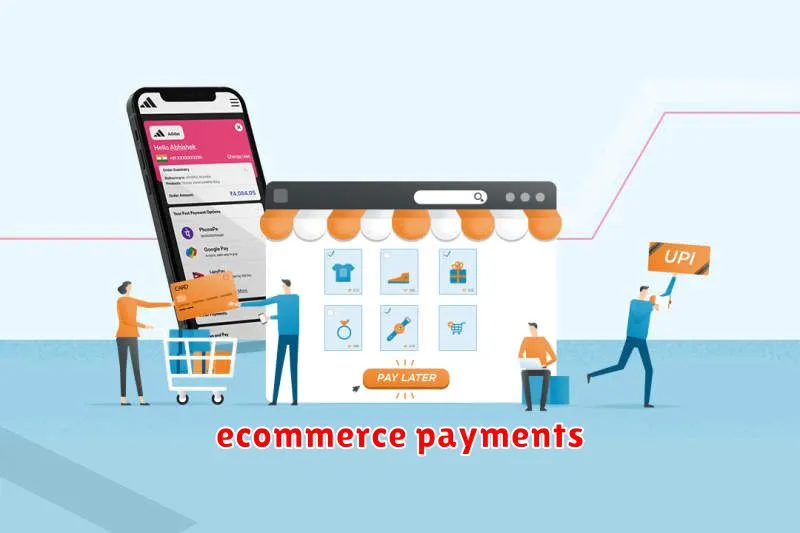Choosing the right payment solution is crucial for the success of any online business. This article explores the best payment gateways and processing solutions available, helping you select the ideal system to streamline your online transactions, minimize fees, and maximize your sales. We’ll delve into various options, comparing their features, security measures, and integration capabilities to help you find the perfect fit for your specific needs and boost your e-commerce growth.
How Online Payment Systems Work

Online payment systems facilitate secure and efficient transactions between buyers and sellers over the internet. The process generally involves several key steps. First, the buyer selects goods or services and proceeds to checkout. Then, they choose their preferred payment method, such as a credit card, debit card, or digital wallet.
Next, the payment information is securely transmitted to the payment gateway, a secure server that acts as an intermediary between the merchant and the payment processor. Encryption is crucial here to protect sensitive data from unauthorized access. The gateway validates the payment information with the issuing bank or payment network.
Once the payment is authorized, the payment processor transfers the funds from the buyer’s account to the merchant’s account, minus any processing fees. This transfer usually occurs within a few business days, although some systems offer faster processing times. Throughout the process, the system ensures transaction security, minimizing risks of fraud and unauthorized payments.
Key components of an online payment system include a payment gateway, a merchant account, and a payment processor. The payment gateway handles the secure transmission of payment data. The merchant account acts as the online bank account for the business. The payment processor facilitates the actual transfer of funds.
Finally, the system provides confirmation to both the buyer and the seller, indicating whether the transaction was successful. This confirmation usually comes in the form of an email or an updated order status on the website.
The Most Popular Payment Gateways for E-commerce
Choosing the right payment gateway is crucial for any e-commerce business. Popular options cater to various needs and sizes of businesses. Some of the most widely used gateways include PayPal, a globally recognized brand offering buyer protection and ease of use; Stripe, known for its developer-friendly APIs and robust features; and Square, popular for its simple interface and integration with point-of-sale systems.
Other strong contenders are Shopify Payments, seamlessly integrated with the Shopify platform; Amazon Pay, leveraging the trust and familiarity of the Amazon brand; and Authorizenet, a long-standing and reliable option offering a wide array of features. The best choice will depend on factors like transaction fees, supported currencies, security features, and integration with your existing e-commerce platform.
Key considerations when selecting a payment gateway include ease of integration, security protocols (like PCI compliance), customer support, and the availability of various payment methods (credit cards, debit cards, digital wallets, etc.). Thoroughly researching and comparing different options based on your specific business requirements is essential before making a decision.
How to Choose the Right Payment Processor

Selecting the right payment processor is crucial for online business success. Consider these key factors:
Transaction Fees: Carefully examine processing fees, including per-transaction costs, monthly fees, and chargeback fees. Compare rates across different processors to find the most cost-effective option for your business volume.
Supported Payment Methods: Ensure your chosen processor supports the payment methods your target audience prefers. This might include credit cards (Visa, Mastercard, American Express), debit cards, PayPal, Apple Pay, Google Pay, and others. A wider range of options can increase conversion rates.
Security and Compliance: Prioritize processors adhering to strict security standards like PCI DSS compliance to protect sensitive customer data. Look for features such as fraud prevention tools and encryption.
Integration and Ease of Use: Choose a processor that seamlessly integrates with your existing e-commerce platform or website. A user-friendly interface simplifies management and reduces administrative burden. Consider factors like API availability and customer support.
Scalability: Select a processor capable of handling your current transaction volume and future growth. Avoid processors with limitations that might hinder expansion.
Customer Support: Reliable and responsive customer support is invaluable. Check for various support channels like phone, email, and live chat, and consider user reviews regarding their responsiveness and helpfulness.
By carefully evaluating these criteria, you can choose a payment processor that optimizes your online sales, minimizes costs, and safeguards your business and customer data.
The Benefits of Offering Multiple Payment Options
Offering a variety of payment options is crucial for maximizing sales and enhancing the customer experience. Convenience is key; customers appreciate having choices that align with their preferences and financial situations.
Increased sales are a direct result of broader accessibility. By catering to different payment methods, you capture a wider customer base, including those who might otherwise be excluded due to limited payment options. This leads to greater revenue generation.
A diverse payment selection contributes to building customer trust and loyalty. Offering familiar and secure payment methods reassures customers, reducing hesitation and encouraging repeat purchases. This fosters a positive brand image and stronger customer relationships.
Global reach is significantly improved. Businesses targeting international markets must consider the varying payment preferences in different regions. Offering a range of local and international payment methods can unlock substantial growth opportunities.
Finally, providing multiple payment options can also lead to reduced cart abandonment rates. Customers are less likely to leave their shopping cart if they can utilize their preferred payment method, translating to increased conversion rates and a more efficient sales process.
How to Ensure Secure Transactions for Customers

Ensuring secure transactions is paramount for building customer trust and driving sales. Implementing robust security measures is crucial for protecting both your business and your customers’ sensitive data.
Choose a payment gateway with a proven track record of security. Look for certifications like PCI DSS compliance, which indicates adherence to industry best practices for protecting cardholder data. SSL encryption is essential to encrypt data transmitted between the customer’s browser and your server, preventing interception of sensitive information.
Regular security audits are vital to identify and address vulnerabilities. This includes vulnerability scanning, penetration testing, and code reviews. Staying updated on the latest security threats and patching any software vulnerabilities promptly is also critical.
Transparency plays a key role. Clearly display your security certifications and policies on your website. Inform customers about the security measures you employ to protect their data. Building trust through clear communication enhances customer confidence.
Finally, customer education is important. Encourage customers to use strong passwords, be wary of phishing attempts, and report any suspicious activity immediately. Proactive communication and a commitment to security can significantly reduce the risk of fraudulent transactions and foster a secure environment for your customers.
Integrating Payment Methods with Your Online Store
Offering a variety of payment methods is crucial for maximizing sales and providing a seamless customer experience. Customers appreciate choice and convenience; limiting options can lead to lost revenue.
The integration process varies depending on the payment gateway and your e-commerce platform. Most platforms offer pre-built integrations for popular gateways like PayPal, Stripe, and Square. This often involves installing a plugin or app and configuring your account details.
Consider factors like transaction fees, security features, and customer support when selecting a payment gateway. Research different providers to find one that best aligns with your business needs and budget. Ensure the chosen gateway is compliant with relevant security standards (like PCI DSS).
Beyond the basic credit and debit card options, consider adding alternative payment methods such as digital wallets (Apple Pay, Google Pay), buy now, pay later (BNPL) services, and international payment options. This broadens your customer reach and caters to diverse preferences. Thoroughly test all integrated payment methods to ensure functionality and a smooth checkout process.
Understanding Transaction Fees and Costs
Choosing the right payment solution for your online business hinges on understanding the associated transaction fees and costs. These fees can significantly impact your profit margins, so careful consideration is crucial.
Transaction fees are typically a percentage of each transaction, plus a small per-transaction fee. The percentage can vary widely depending on the payment processor and the type of card used (e.g., credit cards often have higher fees than debit cards).
Beyond transaction fees, consider other potential costs. These might include monthly fees for using the payment gateway, setup fees for initial account activation, chargeback fees if customers dispute a transaction, and PCI compliance fees for maintaining secure payment processing systems.
Hidden fees are also a possibility. Carefully review the terms and conditions of any payment processor to avoid unexpected charges. Look for transparency in fee structures; reputable providers will clearly outline all costs.
Understanding these various fees allows for a more accurate assessment of the overall cost of accepting payments. By comparing fee structures across different providers, you can make an informed decision and choose a payment solution that best aligns with your business needs and budget.
Trends in Digital Payments for the Future
The future of digital payments is rapidly evolving, driven by technological advancements and shifting consumer preferences. Several key trends are shaping this landscape.
Increased adoption of mobile payments is a significant trend. Consumers are increasingly using smartphones and other mobile devices for transactions, favoring convenience and speed. This includes the rise of mobile wallets and near-field communication (NFC) technology.
Buy Now, Pay Later (BNPL) services are gaining immense popularity, offering flexible payment options to consumers. These services allow customers to spread payments over time, impacting both purchasing behavior and merchant strategies.
The rise of embedded finance is another notable trend. Businesses are increasingly integrating financial services directly into their platforms, offering seamless and convenient payment options within their user experience.
Blockchain technology and cryptocurrencies are gradually gaining traction in the payments space, although still facing regulatory hurdles. Their potential for secure and transparent transactions continues to attract attention.
Artificial intelligence (AI) and machine learning (ML) are playing a crucial role in enhancing security, fraud detection, and personalized payment experiences. These technologies contribute to more efficient and secure payment processing.
Open banking initiatives are promoting greater data sharing and interoperability between financial institutions. This fosters innovation and competition in the payments industry, leading to better solutions for consumers and businesses.
These trends highlight the dynamic nature of the digital payments ecosystem. Businesses must stay informed and adapt to these changes to remain competitive and offer customers the best payment experiences.

